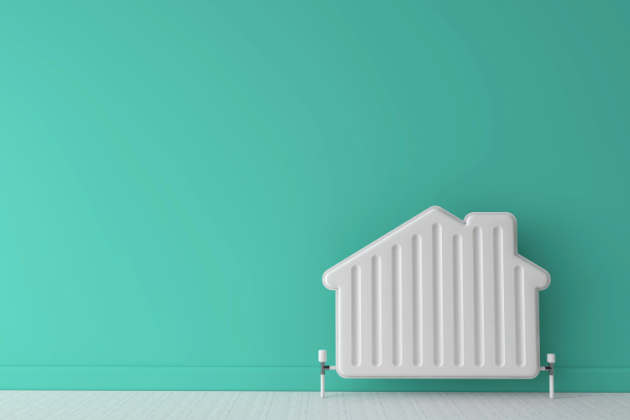
Balancing your radiators is a simple yet highly effective way to improve heating efficiency throughout your home. If some rooms feel too hot while others remain cold, the chances are your radiators need balancing. This quick task helps make sure an even distribution of heat, making your boiler work smarter, not harder, and improving overall comfort without increasing your energy bill.
When your central heating system is turned on, hot water flows from the boiler through your pipework to each radiator. But not all radiators receive the same amount of hot water at the same time. The closest ones often get the most heat, leaving those furthest away struggling to warm up. Balancing radiators ensures each one receives just the right flow, so all rooms heat evenly.
This process doesn’t involve bleeding your radiators (although you should bleed them first if needed). Instead, it’s about adjusting the lockshield valves to regulate how much hot water each radiator receives. Doing this correctly reduces strain on your boiler and helps avoid cold spots in your home.
- Some rooms feel consistently colder than others
- Radiators farthest from the boiler heat slowly or not at all
- The boiler cycles on and off frequently
- You notice cold spots on radiators despite recent servicing
Before you begin balancing your radiators, it’s important to bleed them to remove any trapped air. Air pockets inside the radiator can prevent hot water from circulating properly, which not only causes cold spots but can also affect the accuracy of your balancing adjustments.
Using a radiator key, gently open the bleed valve at the top of each radiator, starting with the one closest to your boiler. You’ll hear a hissing sound as air escapes. Once water begins to flow steadily, close the valve. Repeat this process for every radiator in your home. This step makes sure the system is working from a clean and even base.
Once all radiators have been bled, switch off your central heating and allow the entire system to cool down completely. This is important to make sure all radiators start from the same temperature baseline.
Balancing works best when every radiator heats up from cold. If one radiator is already warm, it could skew your observations and lead to inaccurate adjustments. Be patient and wait until each unit is fully cooled before moving on to the next step.
Turn the heating back on and closely observe which radiators begin to warm up first. This will give you an idea of how hot water is flowing through your system.
Typically, radiators closest to the boiler heat up the fastest, while those at the far ends of the circuit warm up more slowly. Make a list or mental note of the order in which each radiator heats up. This information is key to knowing which radiators will need more or less flow as you start adjusting the valves.
Now that you understand the heat-up sequence, it’s time to adjust the lockshield valves to balance flow. These valves are located at one end of each radiator, often hidden under a plastic cap. Remove the cap and use an adjustable spanner to turn the valve.
For radiators that heat up too quickly, close the valve slightly by turning it clockwise. For radiators that are slow to warm, open the valve slightly by turning it anticlockwise. This limits the flow to fast-heating radiators and allows more hot water to reach those further down the system.
Use a thermometer to measure the temperature of the pipes entering and leaving each radiator. The goal is to achieve a temperature drop of about 10 to 12°C between the flow and return pipes.
This temperature difference indicates that your radiator is effectively transferring heat into the room. If the drop is too small, the radiator might be taking too much flow. If it’s too large, it may not be receiving enough. Continue checking each radiator and make small valve adjustments as needed.
Radiator balancing is rarely perfect on the first attempt. Once you’ve gone through the full system, let the heating run for a while and assess the results.
Are all rooms now warming up evenly? If not, revisit the problematic radiators and fine-tune their lockshield valves. You may need to repeat the process a couple of times to achieve optimal balance, especially in larger homes or older systems. The result will be a consistent, comfortable temperature across all rooms and improved boiler efficiency.
Proper Heat offers reliable boiler services, repairs, and installations tailored to homes in Guildford and Godalming. Whether it’s fixing a boiler breakdown or fine-tuning your heating system, we’re just a call away. Call us on 0787 610 8958 get professional help with your heating today.